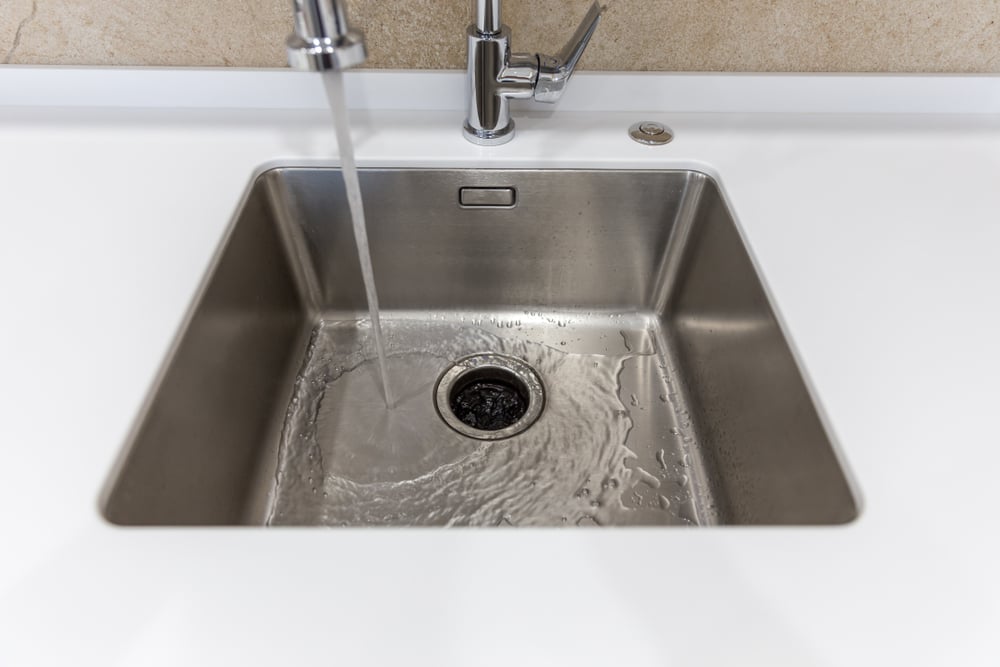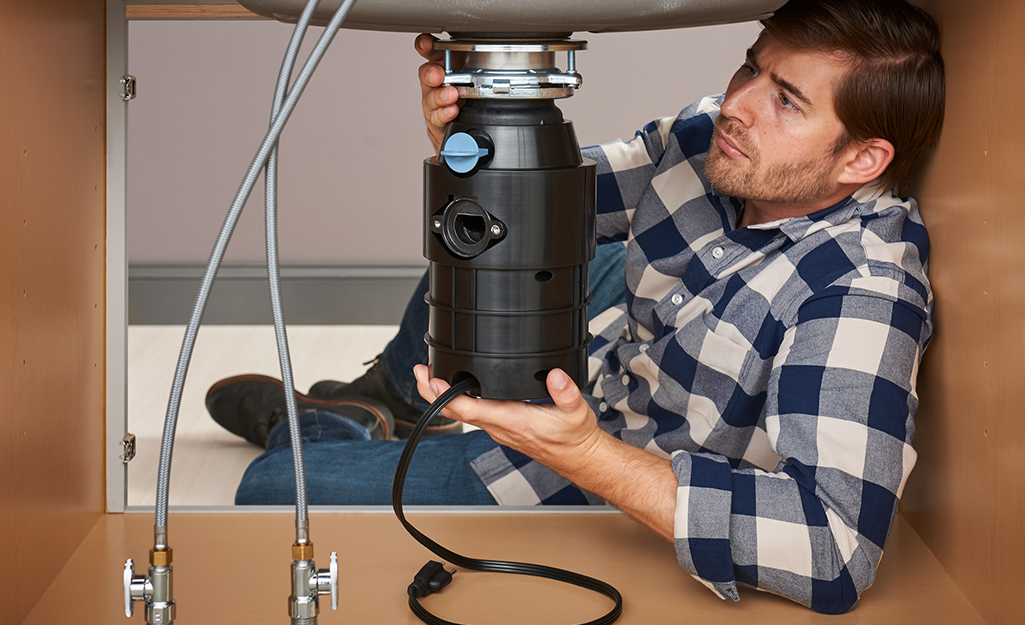They are making several good pointers on Tips on Fixing a Leaking Garbage Disposal overall in this great article beneath.

Waste disposal unit are important cooking area devices that aid in taking care of food waste efficiently. Nevertheless, a dripping waste disposal unit can be a frustrating and unpleasant trouble to take care of. Thankfully, lots of leakages can be repaired conveniently with a couple of basic actions. In this post, we will certainly review how to take care of a leaking garbage disposal efficiently.
Intro
Waste disposal unit are installed under kitchen sinks and are developed to shred food waste into smaller pieces, enabling it to go through the plumbing system conveniently. While these gadgets are typically reputable, leakages can take place in time due to damage, loosened links, or damage to the device.
Step-by-Step Overview to Repairing a Dripping Waste Disposal Unit
Turn Off the Power
Before trying any kind of repair work, make sure that the power to the waste disposal unit system is shut off to prevent the risk of electric shock.
Find the Leak
Determine the precise place of the leakage and figure out the cause
Tighten Connections
Utilize a wrench to tighten any loose links in between the disposal unit and the pipes system.
Replace Seals or Gaskets
If the leak is due to used seals or gaskets, remove the old parts and replace them with brand-new ones.
Patching Cracks or Holes
For fractures or openings in the disposal system, use epoxy or an ideal patching product to seal the damaged area.
Identifying the Source of the Leakage
Prior to attempting to deal with a dripping waste disposal unit, it is essential to identify the resource of the leakage. This can generally be done with aesthetic evaluation or by performing simple tests.
Visual Evaluation
Examine the garbage disposal device thoroughly for any type of indications of water leak. Pay very close attention to areas around seals, gaskets, and link factors.
Testing for Leakages
One means to test for leaks is by running water with the disposal device and checking for any visible indications of leak.
Typical Sources Of Leakages in Rubbish Disposals
Worn Seals and Gaskets
Seals and gaskets play an essential duty in protecting against water from dripping out of the waste disposal unit. In time, these elements can deteriorate, causing leaks around the disposal unit.
Loose Links
The links between the garbage disposal and the pipes system can come to be loose over time, triggering water to leak out throughout procedure.
Cracks or Openings in the Disposal System
Physical damage to the waste disposal unit, such as splits or holes in the housing, can also cause leakages.
Devices and Materials Needed for Taking Care Of a Dripping Garbage Disposal
Prior to beginning the repair work procedure, collect the needed devices and products, including a screwdriver, adjustable wrench, plumbing's putty, replacement seals or gaskets, and epoxy or patching material for fixing fractures or holes.
Evaluating the Garbage Disposal After Repair Work
Once the repair service is total, evaluate the garbage disposal by running water with it to guarantee that the leakage has been solved.
Preventive Upkeep Tips to Prevent Future Leaks
To avoid future leaks, it is essential to execute regular upkeep on your garbage disposal. This consists of keeping it tidy, staying clear of putting non-food products or hard things down the disposal, and regularly checking for leakages or other concerns.
Final thought
Finally, repairing a dripping garbage disposal is a fairly uncomplicated process that can be finished with basic tools and products. By following the actions outlined in this post and exercising preventive maintenance, you can maintain your waste disposal unit in good working problem and avoid expensive repair services in the future.
What to Do About a Leaking Garbage Disposal
A leaking garbage disposal often goes unnoticed until you confront a sopping cabinet, a foul-smelling puddle, or an audible drip-drip-drip from the unit. The fix can be frustrating, too, because the leak can stem from a number of components in the system. Fortunately, with a little sleuthing, you can zero in on the leak and—depending on the exact location—stop the icky oozing and repair the component that caused it. Worst case scenario, if it turns out that the garbage disposal must be replaced, installing a new one is a reasonable do-it-yourself task for those with basic plumbing skills. Read on to keep the cash you’d otherwise hand over to a pro.
Prepare to find the leak
Prior to testing the garbage disposal for leaks, unplug it at the wall outlet and turn off the power from the breaker box to prevent electrical shock. Then insert a watertight sink stopper into your sink drain and wipe the unit dry with a clean cloth. In any handy container, mix a few drops of food coloring into a few cups of water, and pour the dyed water onto the sink stopper to help you locate the leak.
Investigate the source
- the top, where the disposal meets the sink drain
- the side, where the dishwasher hose or main drain pipe connects to the disposal
- or the bottom of the unit
Inspect each of these locations while gliding a light-colored rag over the unit; the dyed water will readily show on the rag and reveal the location of the leak. If a leak isn’t immediately apparent, remove the sink stopper and pour a few more cups of dyed water down the sink drain, then check for leaks again. Leaks near the top of the unit are more likely to show themselves while the sink is plugged, while side and bottom leaks are more noticeable while the sink is unplugged.
The metal sink flange that sits directly inside the sink drain is typically sealed around the top with plumber’s putty (a clay-like sealant) and then secured from under the sink with bolts. If the plumber’s putty deteriorates, or the bolts loosen, the flange can no longer form a watertight seal between the sink drain and the disposal—which could cause a leak at the top of the unit.
To reseal the leaky flange, you must first detach the garbage disposal. Start by loosening the screws securing the main drain pipe to the disposal, then loosen the screws in the metal clamp securing the dishwasher hose to the disposal and detach the drain pipe and dishwasher hose from the disposal. Loosen the screws in the mounting ring that connects the disposal to the metal mounting assembly beneath the sink, then pull down the disposal and carefully set it on a clean, dry surface. Loosen the bolts in the mounting assembly with a wrench, then pull down the mounting assembly and set it near the disposal.

I am very excited about The Handy Guide To Fixing Your Garbage Disposal Leaking and I am praying you appreciated my entry. Those who enjoyed reading our post kindly be sure to share it. Thanks a lot for your time. Kindly check up our blog back soon.
Estimate Free
Comments on “Swift Solutions for Fixing a Dripping Waste Disposal Unit”